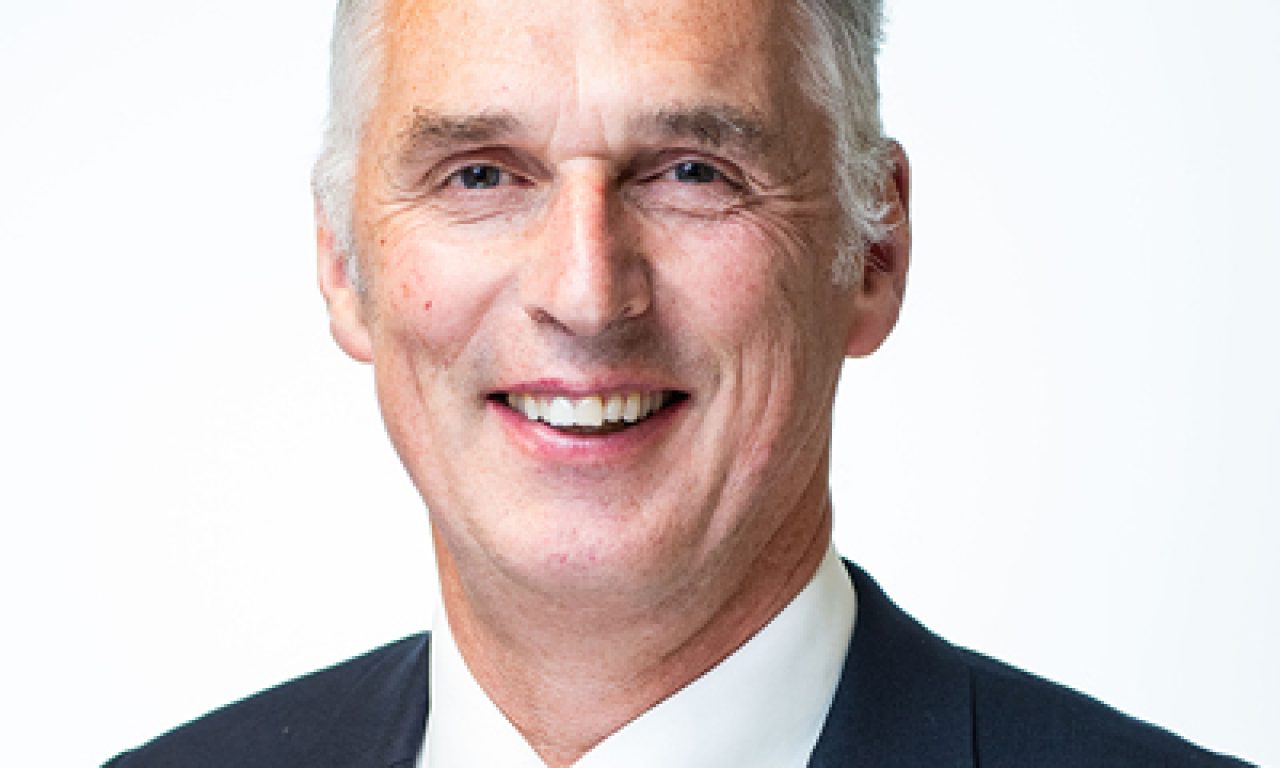The European alternative assets market is thriving despite a general air of gloom descending on the increasingly fractured continent, according to a new report from global hedge fund research house Preqin.
Mark O’Hare, Preqin founder and chief executive, says in the report that “economic growth is not the same thing as activity and opportunities in alternative assets. He says: “Europe’s alternative assets industry is in rude health; moreover, it is extremely diverse, both as regards the different asst classes within alternative assets, and across countries and regions in Europe.”
As at the end of 2018, the European alternative asset universe – comprising private equity, property, infrastructure, private debt and hedge funds – collectively managed about €1.6 trillion spread among 6,300 managers, the report says.
Aside from the hedge fund sector, which declined from €625 billion at the end of 2017 to €570 billion 12 months later, other European alternative asset classes “either reached record levels in 2018 or closely matched those of the prior year”. The report says the European alternatives market is set to double over the next four years.
More than 6,100 institutional investors are exposed to European alternatives, of which about half are US-based, Preqin says, followed by a large number of local players
“Further significant inward investment comes from investors based in Asia, Australasia, the Middle East and elsewhere; these include some of the largest sovereign wealth funds and superannuation schemes,” the study says. There are more than 160 Australasian investors in European alternatives, Preqin says, representing 3 per cent of the total market.
Hedge funds remained the largest European alternatives sector as at the end of June 2018 with €608 billion under management, followed by private equity/venture capital (€559 billion) infrastructure (€161 billion), real estate (€149 billion) and private debt (€135 billion).
The latter half of 2018, though, saw hedge funds give up ground in a “tough year” for the sector globally.
“However, the outlook for hedge funds in 2019 is looking much better, with investors seemingly acknowledging that tougher economic times and potential market volatility are precisely the conditions that should play to the strengths of hedge funds,” the Preqin report says.
The study – sponsored by Amundi Asset Management – also notes a number of key trends in the European alternatives sector including a move to fairer fee structures and socially responsible investing (SRI).
“No-one wants to pay management fees on capital that is languishing in a bank account,” the report says. “At Amundi, we believe in fair pricing structures where fees are applied only on capital having been deployed. On a global scale, this trend is gaining traction and it should become standard practice in the private and real assets industries.”
Alternatives such as real assets and private markets are also well-placed to implement SRI strategies “due to the ability to properly assess the non-financial impact of those assets”, the Preqin study says.
– David Chaplin, Investment News NZ

